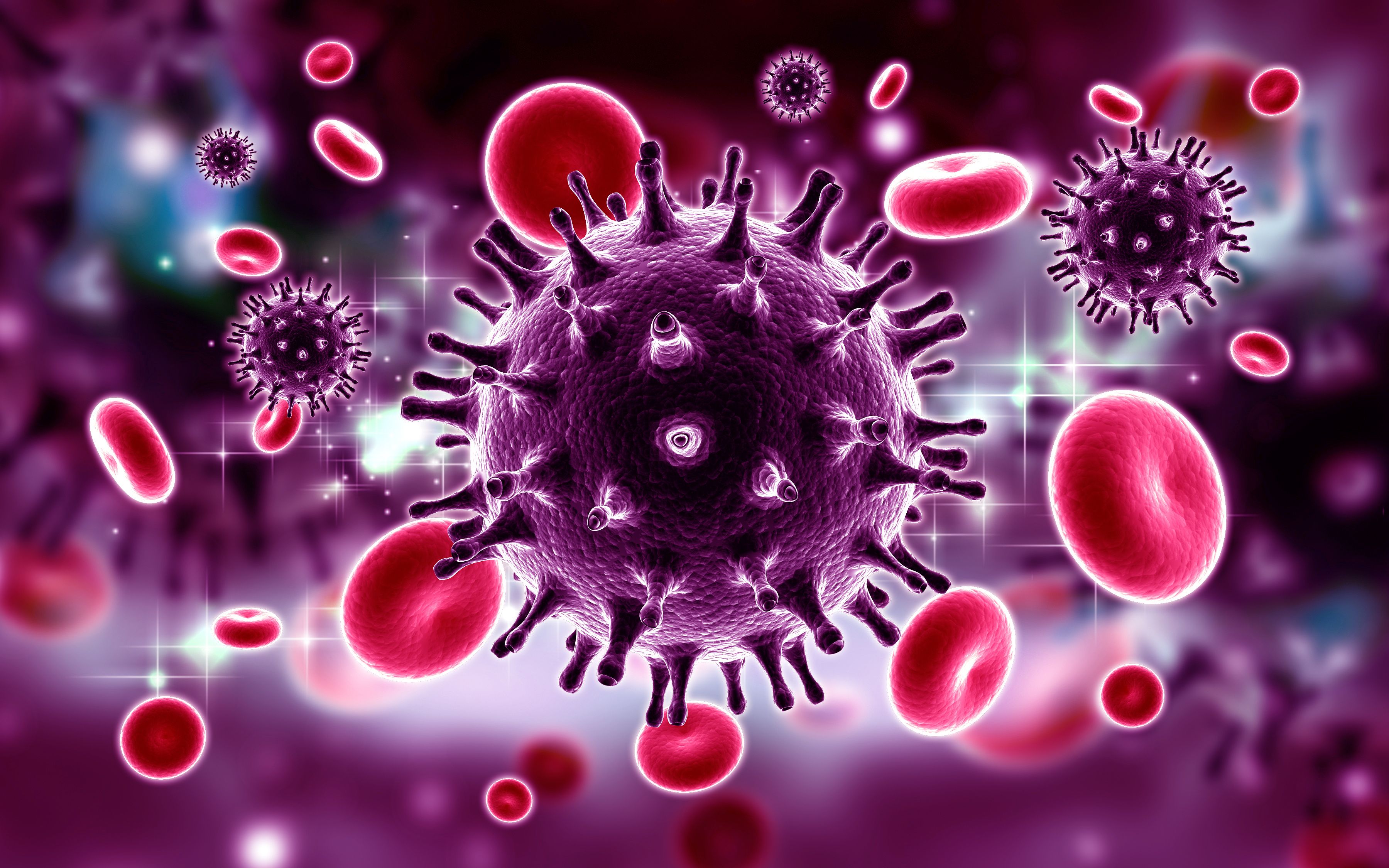Dormant HIV Infections Elicit Small Immune Response, Though Not Significant
Two separate study findings reported that a subset of dormant CD4+ cells could spontaneously produce HIV RNA and proteins, impacting a patient’s HIV-specific immune responses.
Patients with HIV typically carry a reservoir of HIV-infected cells, which were previously thought to be dormant, and can be reactivated if treatment with antiretroviral therapy (ART) is discontinued. However, 2 separate study findings reported that a subset of the dormant cells could spontaneously produce HIV RNA and proteins that impact patients’ HIV-specific immune responses.1 The findings of both studies were published in Cell Host & Microbe.1
RAJCREATIONZS - stock.adobe.com

“It's a deceptively dormant virus,” Daniel Kaufmann, MD, an immunovirologist at the University Hospital of Lausanne, the University of Lausanne, and l’Université de Montréal, said in a statement. “Even in [those] who are treated, HIV continues to have some activity, and it continues to interact with the immune system. We have to understand if these ongoing interactions have clinically relevant consequences.”1
Although previous studies have shown that the dormant HIV cells are reactivated in the lab and produce viral RNA and proteins, it was unclear whether this was also true inside the human body, according to the study.1
In one of the studies, investigators took blood samples from 18 patients with HIV who were on ART for more than 3 years.1,2 They used a lab method called RNA flow cytometry to sort CD4+ cells based on whether patients were infected by HIV. Then, investigators sorted by whether the cells were actively producing HIV RNA or proteins.1
T cells were also characterized by role, for example, if they combated intracellular viruses or combated extracellular bacteria. The study authors used this to determine whether any subtypes were more likely to host dormant HIV.1
Out of the 18 patients, 14 had HIV reservoirs that spontaneously produced viral RNA, with 7 of them also producing viral proteins, including p24, a component of the HIV shell.1
“Our data suggest that the RNA and proteins produced by these viral reservoirs could be drivers of inflammation,” Kaufmann said in the statement. “This could be important because a subset of the [those] who are successfully treated with [ART] for HIV still have negative consequences of living with the infection—for example, accelerated cardiac disease, frailty, and premature osteoporosis.”1
Investigators found that although the RNA and protein were nonfunctional, they were still enough to elicit an immune response. They believe that the immune response may be unhealthy, given that stronger HIV-specific immune responses are associated with active HIV; however, more research would be needed to make a determination.1
For CCD4+ cells, investigators found that the active HIV reservoirs were in T cells that had a range of phenotypes and functions, but some did tend to carry more of the virus than the others, such as memory cells and Th17 cells involved in immune protection in the gut.1
For the second study included in the analysis, investigators aimed to better understand the relationship of CD4+ cells and HIV reservoirs. The study authors reported that a subset of CD4+ T cells spontaneously expressed viral RNA during ART, specifically for Thai patients who initiated therapy during acute infection compared to chronic infection.1
Investigators also found that the HIV reservoir and CD8+ T cells responses declined after 2 years of ART use, but HIV-specific CD8+ T cell responses were correlated with a greater reduction of HIV provirus.3
References
- “Dormant” HIV produces RNA and proteins during anti-retroviral therapy. News release. EurekAlert. September 13, 2023. Accessed September 20, 2023. https://www.eurekalert.org/news-releases/1000909
- Dubé M, Tastet O, Dufour C, Gérémy S, et al. Spontaneous HIV expression during suppressive ART is associated with the magnitude and function of HIV-specific CD4+ and CD8+ T cells. Cell Host Microbe. 2023;31(9):1507-1522.e5. doi:10.1016/j.chom.2023.08.006
- Takata H, Mitchell JL, Pacheco J, et al. An active HIV reservoir during ART is associated with maintenance of HIV-specific CD8+ T cell magnitude and short-lived differentiation status. Cell Host Microbe. 2023;31(9):1494-1506.e4. doi:10.1016/j.chom.2023.08.012
